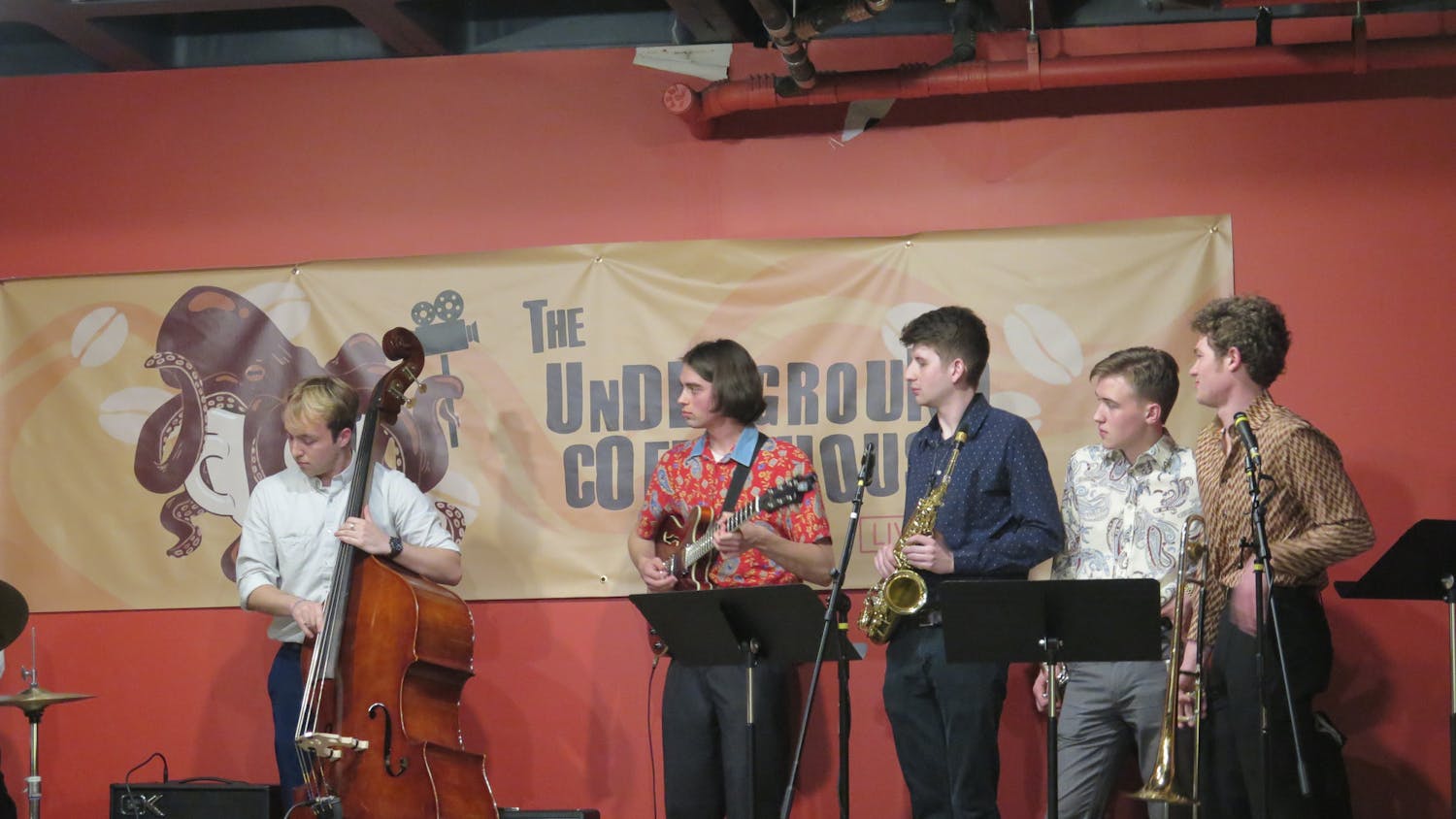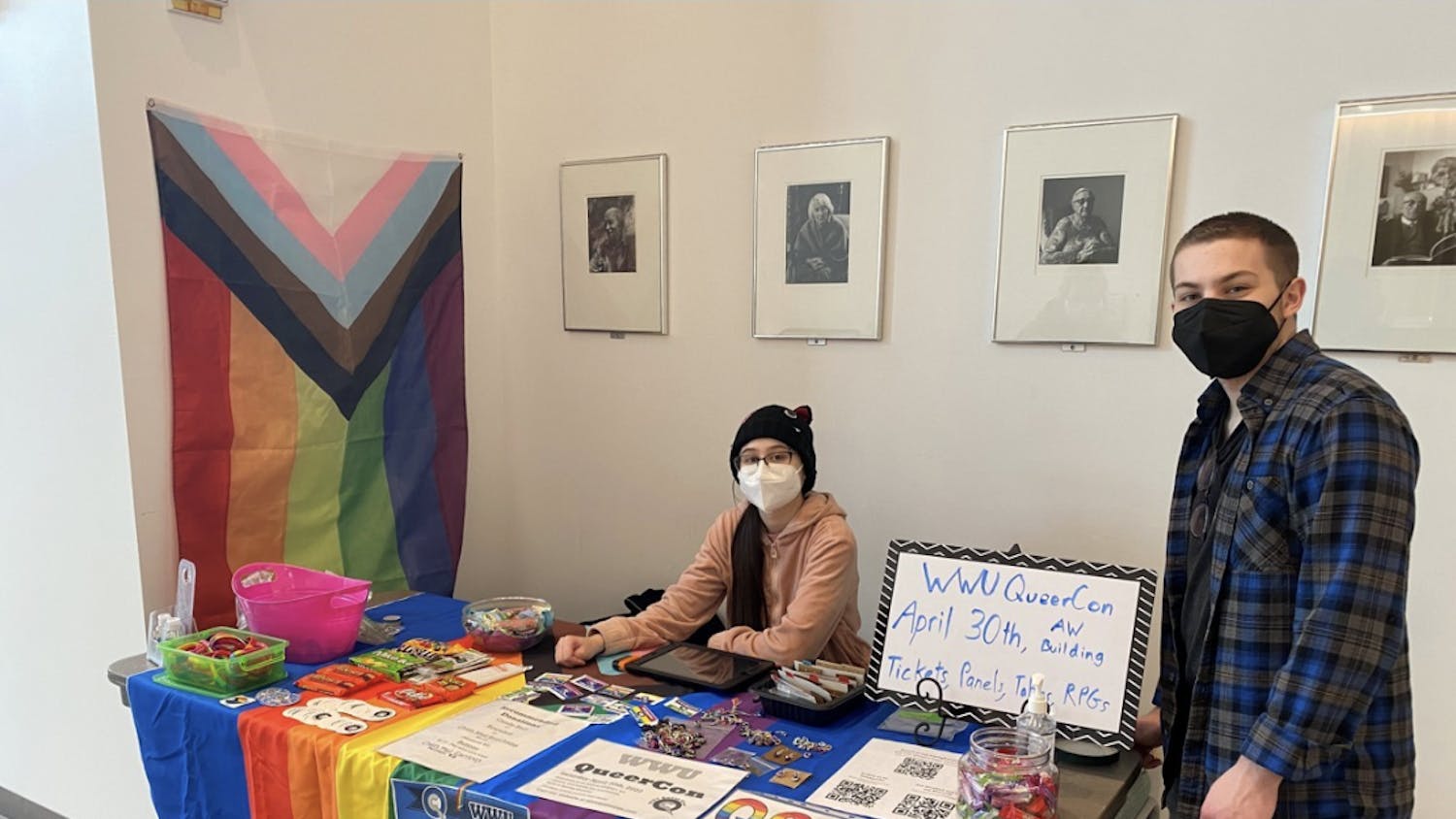The distinct resonance of 21 plucked nylon strings will fill Western’s Concert Hall at the Performing Arts Center this week. These belong to a harp-like instrument of Chinese origin, called the guzheng, with a rich cultural past. Haiqiong Deng, a practiced master on the guzheng, is performing. Read the main feature about Deng and the event here.
Deng was raised in China around the end of the Cultural Revolution and was taught music at a young age.

“The first instrument I started on was the violin when I was three,” Deng said. Only when she was eight did she start playing the guzheng, and when she was 12 she was chosen to go to a music conservatory in China to study with a teacher who was among the first to be professionally trained in guzheng performance.
Deng made her professional debut in Beijing in 1997 and continues to receive awards for her performances and her continued research in ethnomusicology at Florida State University.
“There is no specific conclusion as to what the guzheng was like 2,500 years ago,” Deng said. “They were very popular; they were household instruments.”
According to Shirley Wang, a Seattle-based accomplished guzheng player, on her website seattleguzheng.com, the earliest guzheng, dating back to around 475-221 B.C., had anywhere from five to 12 strings made from twisted silk. The guzheng reached new heights of popularity in the years following, and was most commonly used in operatic performances and folk music.
“[Musicians] would work together to gather a community; everyone would pick up their different instruments and play together, and it was also used for self-cultivation,” Deng said.
In 2018, Deng played in a duo with a pipa player. A pipa is another traditional Chinese instrument, similar to a lute or guitar.
This arrangement is close to what a small folk ensemble might have sounded like during the first uses of the guzheng.
The lower and more resonant tone of the guzheng and the twangy and higher-pitched tone of the pipa complement one another well and are traditionally paired together for this reason, Deng said.
The guzheng, since its creation, has been tuned to fit the pentatonic scale, which is a scale that was the basis for much of Eastern traditional music, according to seattleguzheng.com. It contains five different notes that repeat up and down however many octaves the instrument spans. The older, five-string models of the guzheng would only include one octave of the pentatonic scale, while the modern 21-string guzheng spans four octaves.
The modern guzheng commonly sports strings made from steel and wound with nylon. It is played with picks that latch around the fingers of the right hand.
The sound of multiple picks impacting the strings of the guzheng in rapid succession can be heard in the beginning of Deng’s original composition “Guangling Melody.”
The most technically difficult and yet, the most human element to playing the guzheng, lies in the left hand, Deng said. While the right hand plucks the strings, the left hand is free to bend and manipulate the opposite side of the strings in a technique that is known in Western music as “vibrato.”
You can hear the wide and dramatic bending of the guzheng strings in the beginning of Deng’s “Lotus.”
As an ethnomusicologist, Deng has had the opportunity to play with musicians from around the world and from numerous musical backgrounds. She has performed on the guzheng in styles as far from traditional Chinese musical styles as you can get.
In 2018, she performed with an Irish music ensemble and incorporated the sound of the guzheng into their ensemble’s sound, which you can hear in this clip.
In the same concert, Deng performed with a rock music ensemble.
You can hear the way she changes the tone of her instrument to be harsher and more grating as she takes a solo over the classic rock chord progression.
She also performed with a sitar player, Nalini Vinayak, in a composition by Vinayak.
“We have similar features on our instruments that allow us to blend well together,” Deng said.
On Thursday, Feb. 6, concertgoers can expect to hear a wide range of styles like this, as well as improvisatory performances with an interactive component. Read more about the event and Deng’s philosophy here.





